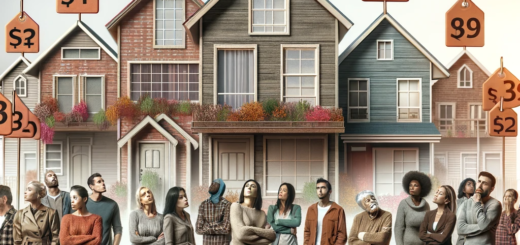RE-IMAGINING BLACK NEIGHBORHOODS
BY HENRY-LOUIS TAYLOR, JR.
Should Black neighborhoods be re-imagined? If so, how are we going to create these re-imagined communities? The short answer to the first question is a resounding yes. In cities across the United States most Blacks reside in marginalized, unhealthy, and under-developed communities. These places are not neutral sites that serve as a backdrop to everyday life and culture. An interactive relationship exists between people and place. People act on place, and place acts on people. Thus, marginalized, underdeveloped Black neighborhoods are dynamic, interactive places that produce undesirable health, social, economic, cultural, and political outcomes. I theorize that these under-developed neighborhoods have become the epicenter of systemic structural racism, and that the only way for Blacks to advance in the United States is to transform them into great places to live, work, play, and raise a family.
So, yes, Black neighborhoods must be re-imagined.
The big question, then, is how are we going to build these re-imagined Black communities? The historian Gilbert Osofsky said in 1968 that “the essential structure and nature of the Negro ghetto have remained remarkably durable since the demise of slavery in the North. There has been an unending and tragic sameness about Negro life in the metropolis over two centuries.” In the United States, then, Blacks have been living in marginalized and under-developed places for decades. So, how are we going to break these trend lines, and build healthy, affordable communities, that can be sustained over time?
The start point is to understand the forces that are marginalizing and under-developing Black neighborhoods. The conditionality of Black neighborhoods, I maintain is the result of market forces operating in the context of residential segregation and predatory development. In the U.S. market environment, residential segregation and predatory development operate in tandem. In this scenario, the valorization of white neighborhoods is made possible by exclusivity and the devaluation of Black neighborhoods. White neighborhood exclusivity is the source of its high property values and wealth-producing capacity. Thus, if exclusive white neighborhoods are transformed into multiracial, cross-class communities, where different races and social classes are intermingled in residential space, the current system of land valuation would be disrupted. This is why fifty-two years after passage of the Fair Housing Act, communities remain segregated.
There is more to the story.
Black neighborhoods are not just site of racial segregation, also they are sites of predatory development, where the real estate and financial institutions are able to generate hyper-profits. Time will not permit an in-depth discussion of these issues, but I want to say that the Princeton sociologist Matthew Desmond showed that owners of rental properties in Black neighborhoods generate hyper-profits by deferring maintenance on their units and charging high rents. The tethering of deferred maintenance and low property values with high rents generate hyper-profits for landlords. At the same time, Keeanga-Yahmatta Taylor says that financial institutions use exploitative financing schemes to bilk profits for Black home buyers.
My point is that to re-imagine Black neighborhoods, we have to step outside of the market framework and envision new approaches to community development. In these Black neighborhoods, market dynamics have to be controlled and tightly regulated. In these communities, there are four community development principles that should be followed.
The first principle is to establish a resident-driven process that features the interest of renters and homeowners. The second principle is that comprehensive planning must guide the neighborhood development process. There is an old African proverb that says, “a person without a target cannot miss, and neither can the hit anything.” A compressive neighborhood plan gives the community a target by indicating the specific type of neighborhood they intend to build and how the differing interests of homeowners and renters will be met. The planning process should interweave the physical and social environment by creating connections among people, housing, and neighborhood development.
The third principle focuses on community control of the development process. The key this strategy is the development of a radical community land trust strategy. In addition to the community land trust, this approach to neighborhood development emphasizes various forms of collective ownership, including limited equity cooperatives, deed restricted houses and condominiums. The strategy is to promote varied forms of community ownership and to embed private ownership within a setting, where the community values of participatory democracy, collaboration, collective ownership and shared equity dominate. The forth principle is to implement a community economic development strategy. Here, the idea is to promote social entrepreneurship and cooperative.
Lastly, in these communities, we must build a culture that reinforces and supports the communal spirit that residents will need to embrace to succeed.
Author Profile
Latest entries
 Selected Media06/03/2025Canada to expedite nation building projects to counter Trump
Selected Media06/03/2025Canada to expedite nation building projects to counter Trump Economic Development06/03/2025Tulsa plans $105m in reparations for America’s ‘hidden’ massacre
Economic Development06/03/2025Tulsa plans $105m in reparations for America’s ‘hidden’ massacre Political Corruption05/29/2025The US military, eyeing China deterrence, could draw down deployments to South Korea
Political Corruption05/29/2025The US military, eyeing China deterrence, could draw down deployments to South Korea Political Corruption05/29/2025Federal court blocks Trump from imposing sweeping tariffs under emergency powers law
Political Corruption05/29/2025Federal court blocks Trump from imposing sweeping tariffs under emergency powers law



